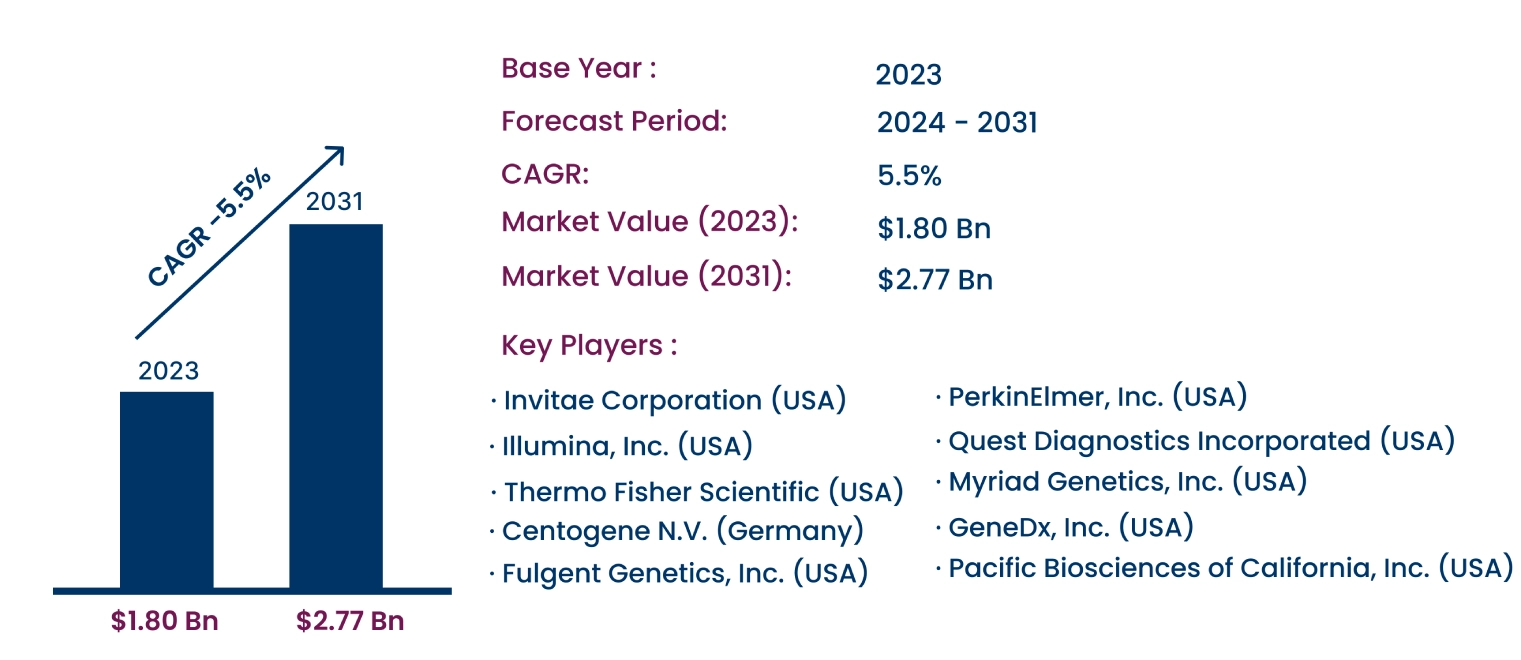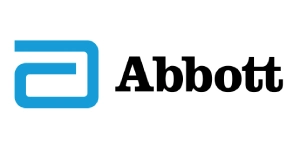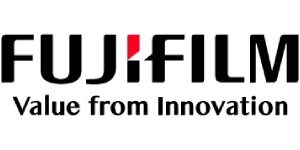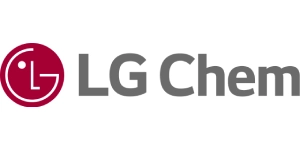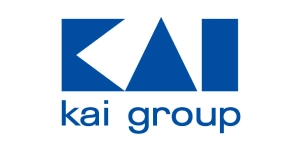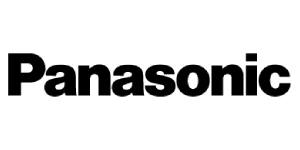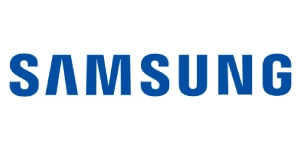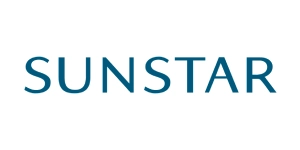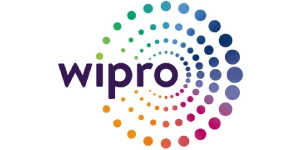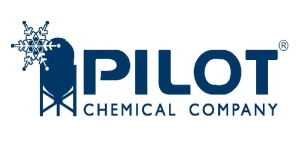Global Achondrogenesis Market Set to reach $28,111.12 Million by 2031, at 4.3% CAGR
Category : Healthcare | Published Date : Oct 2024 | Type : Press Release
Achondrogenesis Market Scope & Overview:
As per the Consegic Business Intelligence newly published report, the Achondrogenesis Market was valued at USD 1.80 Billion in 2023 and is projected to reach USD 2.77 Billion by 2031, growing at a CAGR of 5.5% from 2024 to 2031. Achondrogenesis is a rare and severe genetic disorder affecting bone development, resulting in significant skeletal abnormalities and growth deficiencies. The condition is typically diagnosed prenatally or shortly after birth, with current treatment focused on supportive care due to the lack of curative options. The market for achondrogenesis is primarily driven by hospitals, research institutions, and specialty clinics that specialize in genetic research, diagnostics, and patient support.
The report comprises the Achondrogenesis Market Share, Size & Industry Analysis, By Type (Achondrogenesis Type 1A, Achondrogenesis Type 1B, Achondrogenesis Type 2), By Diagnosis (Prenatal Ultrasound, Genetic Testing, X-rays, MRI, Others), By Treatment (Supportive Care, Palliative Care, Genetic Counseling, Others), By End-User (Hospitals, Specialty Clinics, Diagnostic Centers, Research Institutes, Others), and By Region (North America, Europe, Asia-Pacific, Latin America, Middle East & Africa), and Forecast, 2024-2031.
The report contains detailed information on Achondrogenesis Market Trends, Opportunities, Value, Growth Rate, Segmentation, Geographical Coverage, Company Profile, In-depth Expert Analysis, Revenue Forecast, Competitive Landscape, Growth Factors, Restraints or Challenges, Environment & Regulatory Landscape, PESTLE Analysis, PORTER Analysis, Key Technology Landscape, Value Chain Analysis, and Cost Analysis.
The advancement in genetic testing and increased awareness of rare genetic disorders are key drivers in the market, particularly due to improved diagnostics. Meanwhile, ongoing research in gene therapy offers potential future growth opportunities.
Segmental Analysis :
Based on type, the market is segmented into achondrogenesis type 1A, type 1B, and type 2.
- Achondrogenesis type 1B held the largest market share in 2023, driven by its high prevalence and severity. Early diagnosis and supportive care are essential, as type 1B is often associated with severe skeletal abnormalities.
- Achondrogenesis type 2 is anticipated to grow at the fastest rate due to advancements in prenatal diagnostics and genetic research.
Based on diagnosis, the market is divided into prenatal ultrasound, genetic testing, X-rays, MRI, and others.
- Prenatal ultrasound accounted for the largest share in 2023, as it remains the primary method for early detection of skeletal abnormalities in fetuses.
- Genetic testing is expected to witness rapid growth, offering definitive diagnosis and genetic counseling for families with a history of achondrogenesis.
Based on treatment, the market is segmented into supportive care, palliative care, genetic counseling, and others.
- Supportive care dominated the market in 2023, providing symptom management and quality-of-life improvements for affected infants.
- Genetic counseling is projected to grow rapidly, helping families understand the disorder's genetic risks and future reproductive options.
Based on end-user, the market is segmented into hospitals, specialty clinics, diagnostic centers, research institutes, and others.
- Hospitals held the largest share in 2023 due to their comprehensive diagnostic and supportive care services for newborns with severe skeletal conditions.
- Research institutes are expected to witness the fastest growth, with ongoing studies focused on genetic research and potential therapies.
Based on regions, the global market is segmented into North America, Europe, Asia Pacific, Middle East & Africa, and Latin America.
- North America led the market in 2023, supported by advanced healthcare infrastructure and increased awareness of rare genetic disorders.
- Asia-Pacific is projected to grow rapidly, driven by rising awareness and healthcare investments in countries like China, Japan, and India.
| Report Attributes | Report Details |
| Study Timeline | 2018-2031 |
| Market Size in 2031 | USD 2.77 Billion |
| CAGR (2024-2031) | 5.5% |
| By Type | Achondrogenesis Type 1A, Achondrogenesis Type 1B, Achondrogenesis Type 2 |
| By Diagnosis | Transparent, Opaque, Translucent |
| By Treatment | Supportive Care, Palliative Care, Genetic Counseling, Others |
| By End-User | Hospitals, Specialty Clinics, Diagnostic Centers, Research Institutes, Others |
| By Region | North America(U.S., Canada, Mexico) Europe(U.K., Germany, France, Spain, Italy, Russia, Benelux, Rest of Europe) APAC(China, South Korea, Japan, India, Australia, ASEAN, Rest of Asia-Pacific) Middle East & Africa(GCC, Turkey, South Africa, Rest of MEA) LATAM(Brazil, Argentina, Chile, Rest of LATAM) |
Top Key Players & Competitive Landscape :
The competitive landscape encompasses major innovators, aftermarket service providers, industry giants, and niche players, all of which are thoroughly examined by Consegic Business Intelligence in terms of their strengths, weaknesses, and value-addition potential. This report includes detailed profiles of key players, market share analysis, mergers and acquisitions, resulting market fragmentation, and emerging partnership trends and dynamics.
List of prominent players in the Achondrogenesis Industry:
- Revenue Forecast
- Competitive Landscape
- Growth Factors
- Restraint or Challenges
- Opportunities
- Environment
- Regulatory Landscape
- PESTLE Analysis
- PORTER Analysis
- Key Technology Landscape
- Value Chain Analysis
- Cost Analysis
- Regional Trends
- Forecast
Recent Industry Developments :
- In May 2024, Tuesday Health launched an early supportive care solution for critical illnesses, providing patient-centric services throughout the treatment journey.
- In 2023, Thermo Fisher Scientific introduced the Ion Torrent S5 Next-Generation Sequencing System, facilitating faster and more accurate genetic analysis for achondrogenesis diagnosis.
